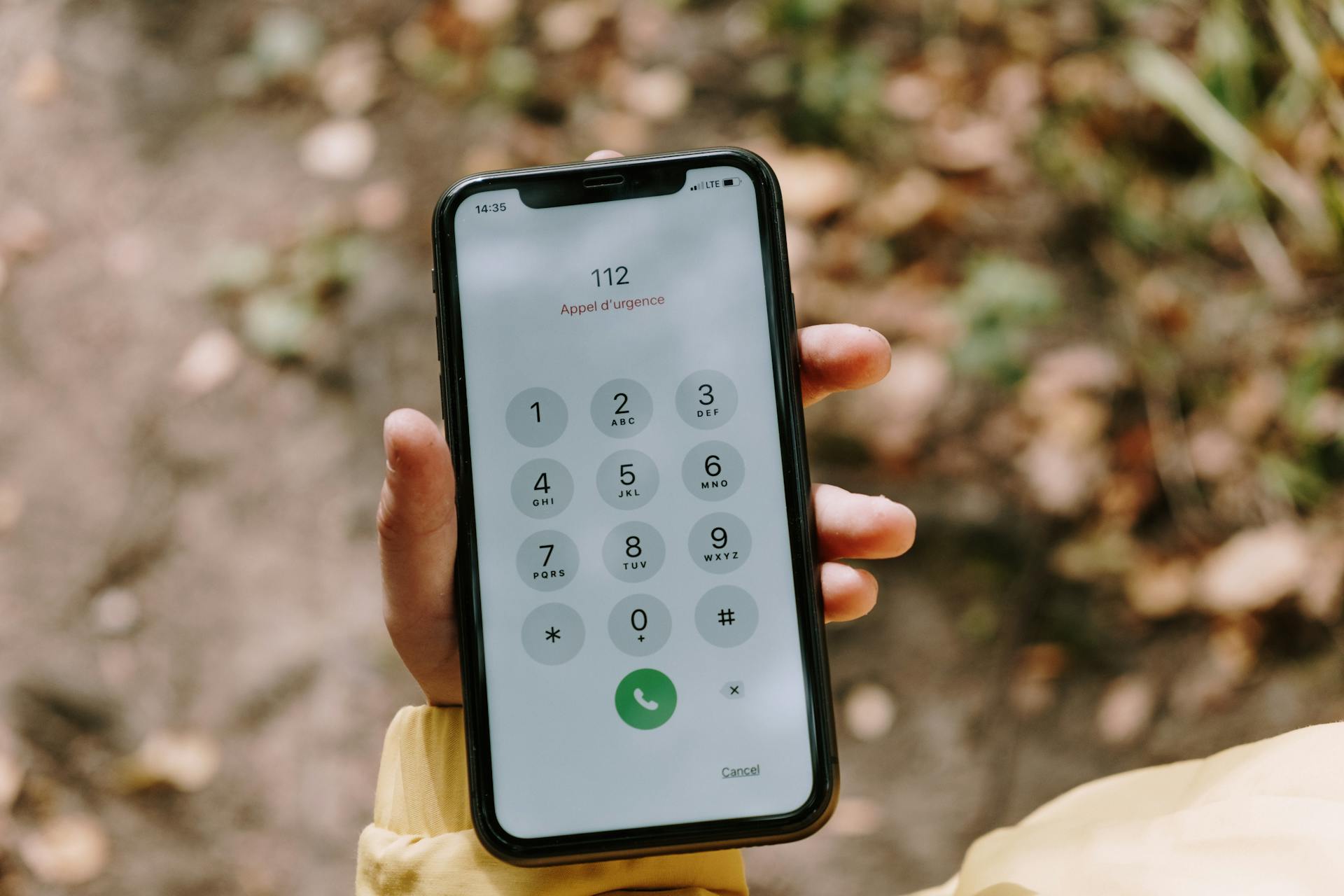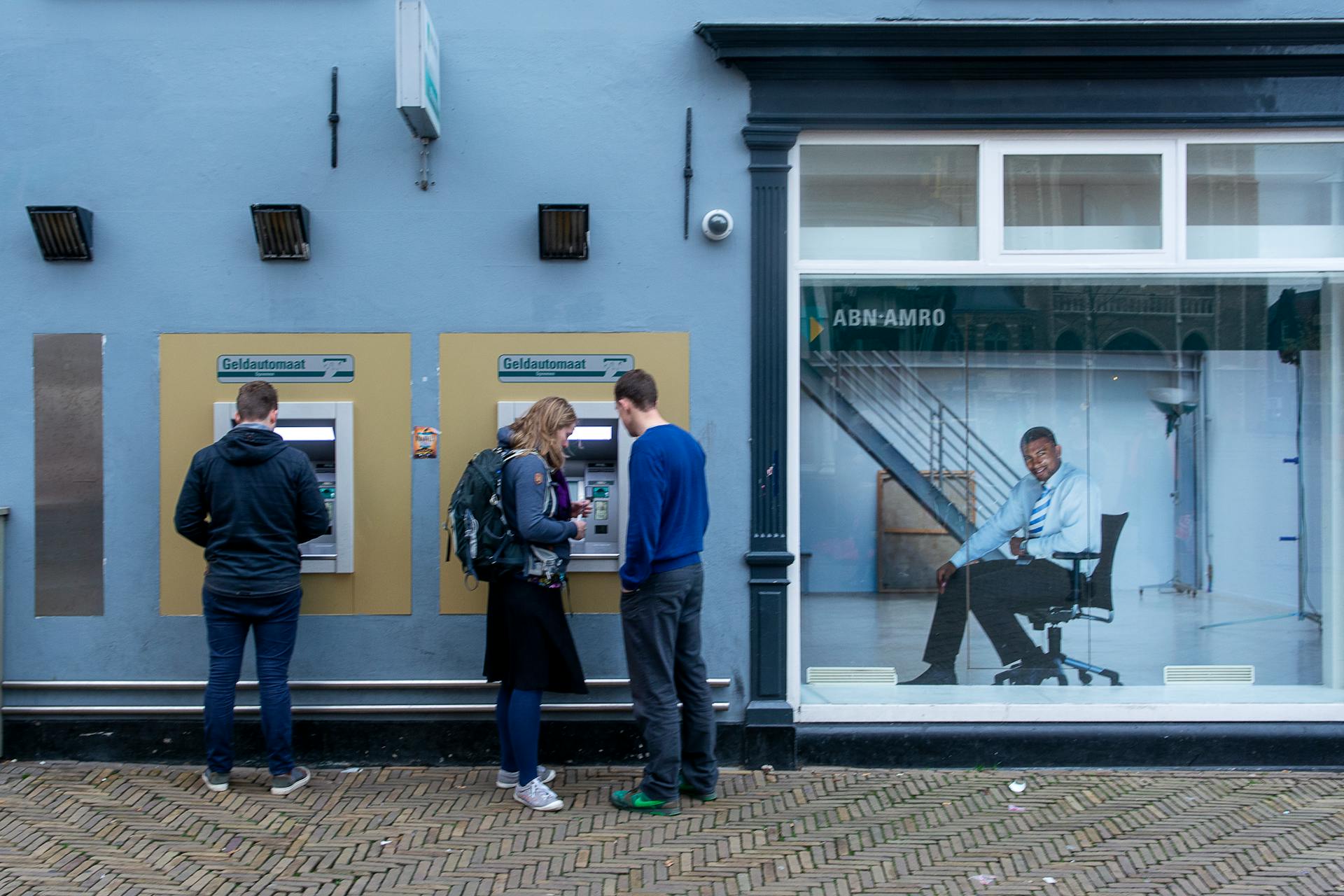
Mobile banking is transforming the way we manage our finances, and 2021 has been a pivotal year for this trend. Mobile banking apps are expected to reach 2.2 billion users by 2025, up from 1.7 billion in 2020.
The adoption of mobile banking is driven by the increasing demand for digital financial services, particularly among younger generations. Millennials and Gen Z are more likely to use mobile banking apps than older adults.
Convenience is a key factor in the popularity of mobile banking, with 75% of mobile banking users citing ease of use as a major advantage. This is reflected in the growth of mobile-only banks, which have seen a significant increase in customer acquisition in recent years.
Mobile banking is also becoming more secure, with many apps incorporating advanced security features such as biometric authentication and encryption.
Digital Transformation
Digital transformation is revolutionizing the way we interact with our finances. Technology is transforming the way financial advisors interact with clients, making it easier to manage our money.
Financial advisors are now using sophisticated data to provide personalized advice, making the decision-making process more efficient. This is a game-changer for clients who want tailored solutions.
Artificial Intelligence (AI) is also playing a significant role in the digital transformation of financial services, enhancing decision-making processes and boosting operational efficiency.
Recommended read: Truist Financial Atención Al Cliente
Digital Changes During Covid-19
The Covid-19 pandemic has accelerated the adoption of digital banking, with 95% of Gen Zers and 91% of millennials in the US using mobile banking in 2021.
Mobile banking usage skyrocketed during the pandemic, with seniors and boomers nearly as likely to check their account balances via mobile devices as younger customers.
The number of mobile banking users surged by 200% in April 2020, with mobile banking traffic rising by 85%, according to Fidelity National Information Services (FIS).
Banks saw a major rise in remote deposits and online account openings, with Key Bank's digital banking department reporting double-digit growth in online usage every month.
The pandemic forced customers to use mobile devices for routine tasks, and they are now appreciating the comfort and convenience of mobile banking.
US bankers expect the number of mobile banking users to rise further, even after the pandemic, with FIS North America's Maria Schuld stating that once people start favouring mobile-based account access, there's no going back.
Financial Advisory in the Digital Age
Financial advisory is being transformed by technology, allowing advisors to interact with clients in new and better ways. This shift is driven by the need for more efficient and effective client engagement.
Sophisticated data analytics are being used to gain deeper insights into client behavior and preferences. Technology is making it easier for advisors to tailor their services to meet the unique needs of each client.
The use of digital tools is enabling advisors to provide more personalized and proactive service to their clients. This can include regular check-ins and updates on market trends and investment opportunities.
Technology is also changing the way advisors communicate with clients, from video conferencing and messaging apps to social media and online forums.
Security and Authentication
Mobile banking security is a top priority, and stricter biometric authentication is becoming the norm. 62% of American banking and financial organizations already use biometrics.
Biometric authentication adds an extra layer of security, making it almost impossible for someone to fake fingerprints or retina patterns. This sophisticated protection against fraud makes mobile banking more intuitive and easy-to-use.
Integrating biometric technology into mobile devices, such as fingerprint, face scan, or voice verification, ensures that even if someone steals your phone, they can't access your banking app without your permission.
Broaden your view: How Do I Venmo Money to Someone
Mobile Banking Features
Mobile banking features are becoming increasingly convenient and secure. Cardless ATM withdrawals are a game-changer, allowing you to withdraw money without a card using peer-to-peer payment exchange platforms like Apple Pay or Google Pay.
You can also use mobile banking apps to manage your finances on the go. These apps are designed to be user-friendly and offer a range of features, including the ability to pay down loans by rounding up purchases to the nearest dollar and moving the change into paying the loan.
You might enjoy: Three Features of Online and Mobile Banking
Super Apps, Embedded Finance
Super apps have become the dominant financial platform for the majority of banking customers in many Asian countries, with China and South Korea being notable examples. This trend is driven by the integration of financial services into non-financial platforms, such as messaging, payments, lifestyle, entertainment, communications, and delivery services.
Embedded finance is transforming the banking sector by integrating financial services into non-financial platforms. This development enables banks to expand their services via digital ecosystems, thereby entering new markets and efficiently acquiring new customers. According to a study by the Boston Consulting Group, 70% of banking executives already view embedded finance as either core (24%) or complementary (46%) to their business strategy.
In Europe, the financial services environment and high levels of established banking arrangements suggest that customers may not view a messaging or e-commerce-focused app as the natural or trusted platform for their personal finance. However, European banks and fintechs are increasingly embracing embedded finance, where a financial service is offered as an integral part of a commercial offering.
Curious to learn more? Check out: New Us Bank Credit Card
A key example of embedded finance is travel insurance, which can be offered as a click-through from a flight booking app. Another example is "buy now, pay later" services that offer deferred payments. These services enable banks to expand their services via digital ecosystems and efficiently acquire new customers.
Embedded finance promotes a dynamic, customer-centric financial landscape that benefits both consumers and businesses. Banks can act as general providers and embed white-labeled products in non-proprietary ecosystems or focus on dedicated market segments and tailor their services to specific platforms and customers.
Here are some examples of embedded finance:
Mobile wallets could also become highly interoperable, allowing consumers to more freely choose between different wallet providers and still have access to their chosen set of services. This development would enable customers to have a seamless and convenient banking experience across different platforms.
Apps
Mobile banking apps are revolutionizing the way we manage our finances. They're convenient, secure, and offer a range of features to make banking easier.
Cardless ATM withdrawals are now possible through mobile banking apps, eliminating the need to carry cards or worry about cloned card fraud.
Using a peer-to-peer payment exchange platform like Apple Pay or Google Pay, you can withdraw money using Near-Field Communication (NFC) - no card required.
Mobile banking apps are also making transactions touchless, with advanced communications technology and QR code scanning allowing users to interact with ATMs via the bank's mobile app.
QR codes not only make withdrawals faster but also reduce the chances of card skimming or compromised PINs.
Some mobile banking apps are launching spin-off apps, which are small in size and offer only narrowly focused features for customers.
Paydown apps are a hit, helping people pay their loans by rounding up their every purchase to the nearest dollar and moving the change into paying the loan.
Mobile banking apps are also getting more personalized, leveraging data to shift the day-to-day customer experience from generic to highly personalized.
Here are some examples of mobile banking trends that will be all the rage in 2024:
- Cardless ATM withdrawals
- Touchless transactions and ATM connectivity
- Mobile banking apps with spin-off apps
- Paydown apps
- Personalized banking experiences
Personalization and Efficiency
Mobile banking is becoming increasingly personalized, with major banks like JP Morgan offering AI-powered services that provide daily transaction updates and customized financial advice.
These efforts not only benefit customers but also financial institutions, as they can capitalize on an advertising channel for additional products and services.
Investments in AI are paying off for banks, enabling them to create a personalized environment that boosts customer retention.
Data-driven personalization empowered by artificial intelligence is allowing banks to bring scale and sophistication to services, making digital banking more proactive and contextual.
Customers are offered genuinely helpful guidance at appropriate moments, and banks can provide a holistic reflection of a customer's broad financial needs.
Banks are moving from a transactional experience to a personalized one, where every user's experience is unique and tailored to their individual needs.
Hyper-personalization will be a key differentiator for banks in the next few years, allowing them to create experiences that are relevant to customers on a daily basis.
Worth a look: Financial Ratios in Banking
Emerging Trends
Mobile banking is rapidly evolving to become more user-centric, providing an advanced experience for customers. In 2021 and 2022, several trends emerged that showcased this shift.
Mobile banking trends are building an increasingly user-centric environment. The major trends of mobile banking in 2021 and 2022 are providing an advanced experience.
Mobile banking is becoming more convenient and accessible, with features like online account opening and mobile-only banking services.
Recommended read: Digital Banking Trends
AI and Big Data
Big data is making progress in the banking industry, and it's being used to prevent fraud. Payment card fraud losses worldwide exceeded $32 billion in 2021, and big data is helping banks to improve their risk assessment process and provide a streamlined customer experience.
Banks are using big data to aggregate and study customer data from various sources, including financial statements, mobile banking history, and social media. This is helping them to detect and prevent suspicious transactions and blatant fraud.
Take a look at this: How to Report Venmo Scams
Big data fraud detection systems recognize previously learned patterns and search for them in datasets to detect and prevent suspicious activity. AI-based algorithms analyze customer information and predict general trends, helping to spot fraudulent transactions before a customer even knows their card or account is compromised.
The application of big data and AI in banking is expected to have a huge impact in the coming years, on customer service, security, and internal banking efficiencies. Banks are already making extensive use of AI in fields such as fraud detection, credit scoring, risk assessment, and customer engagement.
AI is being used to automate engagement through virtual assistants, making the interaction intelligent and a natural part of the customer's engagement with their bank. This is being achieved by applying generative AI to the data sets used by conversational AI systems.
Machine Learning is what powers smart bots to simulate near-accurate human interaction, delivering benefits at all levels. Chatbots can train bank staff with various tasks, provide quick and consistent support, 24/7, and even offer advice on personal finances.
You might like: Card Data Covered by Pci Dss Includes
Sources
- https://www.excellentwebworld.com/mobile-banking-trends/
- https://madappgang.com/blog/mobile-banking-trends/
- https://llcbuddy.com/data/mobile-banking-statistics/
- https://www.gi-de.com/en/spotlight/trends-insights/five-game-changing-trends-in-digital-banking
- https://tential.com/insights/the-rise-of-digital-banking-how-technology-is-transforming-financial-services
Featured Images: pexels.com


